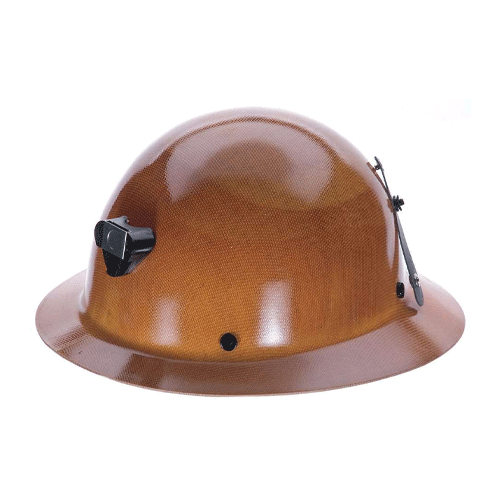best ansi approved type ii safety helmet
Understanding the Best ANSI Approved Type II Safety Helmet
Safety helmets are critical in protecting workers from head injuries in various industries, especially in construction, manufacturing, mining, and other high-risk environments. Among the different types of safety helmets available, the ANSI Approved Type II Safety Helmet stands out for its excellent protection and performance standards. In this article, we will explore what an ANSI Approved Type II Safety Helmet is, its features, its importance, and how to choose the best one for your needs.
What is ANSI?
The American National Standards Institute (ANSI) is a private non-profit organization that oversees the development of voluntary consensus standards for products, services, and systems in the United States. Their standards are widely recognized and often serve as benchmarks for safety equipment, including safety helmets. For a helmet to earn ANSI approval, it must meet strict performance criteria outlined in the ANSI/ISEA Z89.1 standard.
Understanding Type II Helmets
ANSI classifies safety helmets into two types Type I and Type II. The primary difference between them is the level of protection they offer against lateral impacts. Type I helmets are designed to protect against impacts from above, whereas Type II helmets provide additional protection against both top and side impacts. This makes Type II helmets especially valuable in environments where workers may be exposed to hazards from multiple angles.
Features of ANSI Approved Type II Safety Helmets
1. Lateral Impact Protection The most significant advantage of Type II helmets is their lateral impact protection. This feature is crucial for workers who may be in danger of falling objects from various directions.
2. Retains Certification An ANSI Approved helmet implies that it has undergone rigorous testing and met predefined safety parameters, ensuring reliability and quality for users.
3. Comfort and Fit Comfort is as important as safety. Many Type II helmets come with adjustable suspension systems, moisture-wicking sweatbands, and padded chin straps for a better fit, reducing fatigue during long hours of wear.
4. Lightweight Materials Modern safety helmets are often made from lightweight materials such as polycarbonate or fiberglass, providing protection without adding excessive weight, which can be exhausting for workers to wear throughout their shifts.
5. Versatile Accessories Many ANSI Approved Type II helmets are compatible with various accessories, such as face shields, ear protection, and communication devices, making them adaptable for different job needs.
best ansi approved type ii safety helmet

Importance of Using Type II Helmets
In industries where head injuries can result from falling objects, bumps, or side impacts, using an ANSI Approved Type II Safety Helmet could mean the difference between a safe, productive workday and a potentially life-threatening accident. Ergonomic design and effective impact management are key factors in reducing the severity of head injuries. Moreover, having a visible safety standard such as ANSI can also enhance workplace compliance, ensuring that safety regulations are adhered to, which is essential for any organization's reputation.
Choosing the Best ANSI Approved Type II Safety Helmet
When selecting the best safety helmet, consider the following factors
1. Fit and Comfort A helmet that doesn’t fit properly is less effective. Ensure that the helmet is adjustable and fits snugly without being uncomfortable.
2. Weight Look for helmets that provide adequate protection while being lightweight enough to wear for extended periods.
3. Ventilation In hot environments, helmets with ventilation channels can help keep the user cool.
4. Style and Color Certain jobs may require specific colors or styles of helmets for better visibility, especially in traffic or construction zones.
5. Brand and Certification Choose helmets from reputable manufacturers that comply with ANSI standards. Checking for additional certifications can also be valuable.
Conclusion
The ANSI Approved Type II Safety Helmet is a vital component of personal protective equipment for many industries. By combining comfort, versatility, and superior protection, these helmets help ensure that workers remain safe in hazardous environments. Investing in the right safety helmet not only satisfies safety standards but also demonstrates a commitment to employee well-being and a culture of safety in the workplace. Always remember safety begins at the top, quite literally, with the right helmet.
-
Top AI Safety Clothing with GPT-4 Turbo | Smart Protection
NewsJul.31,2025
-
Face Shield Safety Helmet with GPT-4 Turbo AI Safety
NewsJul.31,2025
-
CE Working Clothing for Construction & Welding Safety
NewsJul.30,2025
-
Premium Safety Helmet with Visor for Construction & Industrial Use
NewsJul.29,2025
-
High-Quality CE Working Clothing for Safety and Construction
NewsJul.29,2025
-
Premium Safety Helmet Hat with Ear Defenders, Brim & Soft Design
NewsJul.29,2025
